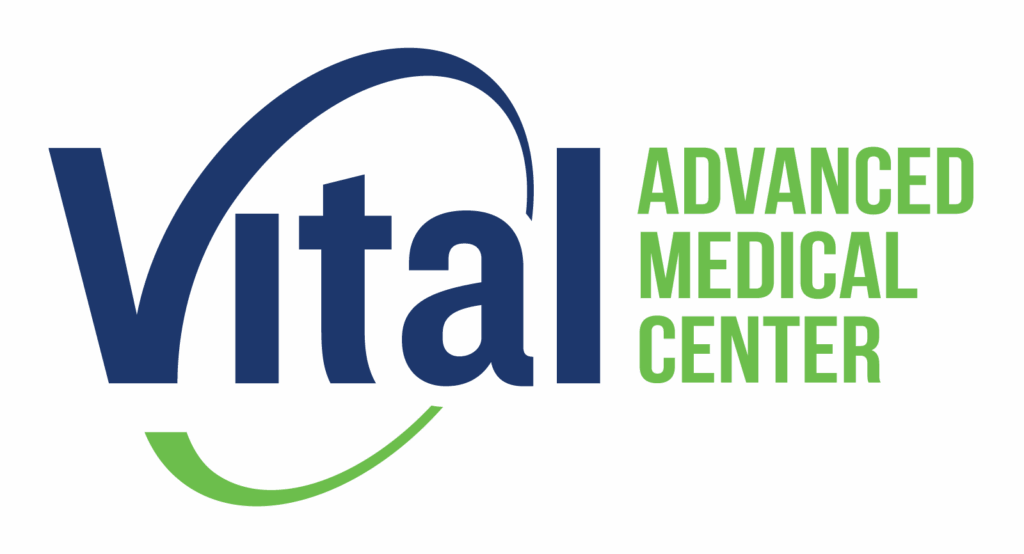
WHAT IS HEATSTROKE AND WHAT CAN YOU DO ABOUT IT?
As summer approaches and temperatures rise in Florida, the cases of heatstroke also rise. What is heatstroke and what can you do about it? Our Primary Care Doctor in Tampa says that Heat stroke is a severe heat-related illness characterized by a dangerously elevated body temperature (usually above 104°F or 40°C) along with other symptoms resulting from prolonged exposure to high temperatures and inadequate hydration. It is considered a medical emergency and requires prompt treatment.
Heat stroke can occur when the body’s temperature regulation system becomes overwhelmed, typically due to prolonged exposure to hot and humid conditions. The body is unable to cool itself effectively through sweating and other mechanisms, leading to a rapid increase in body temperature.
Symptoms of heat stroke can include:
- High body temperature (above 104°F or 40°C)
- Rapid pulse
- Rapid breathing
- Headache
- Dizziness or lightheadedness
- Nausea or vomiting
- Hot, dry skin (although sometimes the skin may be moist)
- Muscle cramps or weakness
- Confusion, agitation, or disorientation
- Loss of consciousness or seizures (in severe cases)
If you experience any of the above symptoms, you may want to contact your Primary Care Doctor
WHAT YOU CAN DO TO AVOID ?
- Stay Hydrated: Drink plenty of water throughout the day, even if you don’t feel thirsty. Avoid excessive amounts of caffeine and alcohol, as they can contribute to dehydration.
- Stay Cool: Try to stay indoors during the hottest parts of the day, typically between 10 a.m. and 4 p.m. Use air conditioning or fans to cool down your living space. If you have to go outside, seek shade whenever possible.
- Dress Appropriately: Wear lightweight, light-colored, loose-fitting clothing. This type of clothing allows your body to breathe and helps sweat evaporate, which aids in cooling.
- Protect Your Skin: Use sunscreen with a high SPF to protect your skin from sunburn, which can hinder your body’s ability to cool itself. Wear a wide-brimmed hat and sunglasses to shield your face and eyes from the sun.
- Take Breaks: If you’re engaging in outdoor activities, take frequent breaks in the shade or indoors to cool down and rest.
- Know the Signs of Heat Stroke: Familiarize yourself with the symptoms of heat stroke, such as high body temperature, rapid pulse, headache, nausea, dizziness, and confusion. If you or someone else experiences these symptoms, seek medical attention immediately.
- Avoid Strenuous Activities: Limit strenuous activities, such as exercise or yard work, during the hottest parts of the day. If you must engage in these activities, do so during the cooler morning or evening hours.
- Check on Vulnerable Individuals: Keep an eye on children, elderly individuals, and pets, as they are more susceptible to heat-related illnesses. Make sure they have access to shade, water, and a cool environment.
- Use Cooling Products: Consider using cooling towels, misting fans, or portable air conditioners to help lower body temperature when outdoors.
- Acclimatize: If you’re not used to the Florida heat, gradually acclimate yourself to it by spending short periods of time outdoors and gradually increasing exposure over several days.
By following these tips, you can help reduce the risk of heat stroke and stay safe during hot weather in Florida. As usual, check with your Primary Care Doctor in Tampa when there are heatwaves, particularly if you are elderly.
HEATSTROKE IS A MEDICAL EMERGENCY. HERE’S WHAT TO DO
Heat stroke is a medical emergency, and prompt treatment is essential to prevent serious complications, including organ damage or even death. If you suspect someone is experiencing heat stroke, it’s crucial to take immediate action:
- Move the person to a cooler environment, preferably indoors or a shaded area.
- Remove excess clothing and apply cool water to the skin or use cool compresses to help lower body temperature.
- Encourage the person to drink cool water if they are conscious and able to swallow safely.
- Seek medical assistance immediately. Heat stroke requires professional medical evaluation and treatment, which may include intravenous fluids, cooling measures, and monitoring for complications.
Preventing heat stroke is crucial, especially in hot and humid climates like Florida. Following preventive measures such as staying hydrated, avoiding prolonged exposure to high temperatures, and taking breaks in cool environments can help reduce the risk of heat-related illnesses like heat stroke.
Vital Advanced Medical Center is a premier Direct Primary Care facility, centrally located in Tampa, Florida. Schedule a consultation today to see our experienced physicians.


